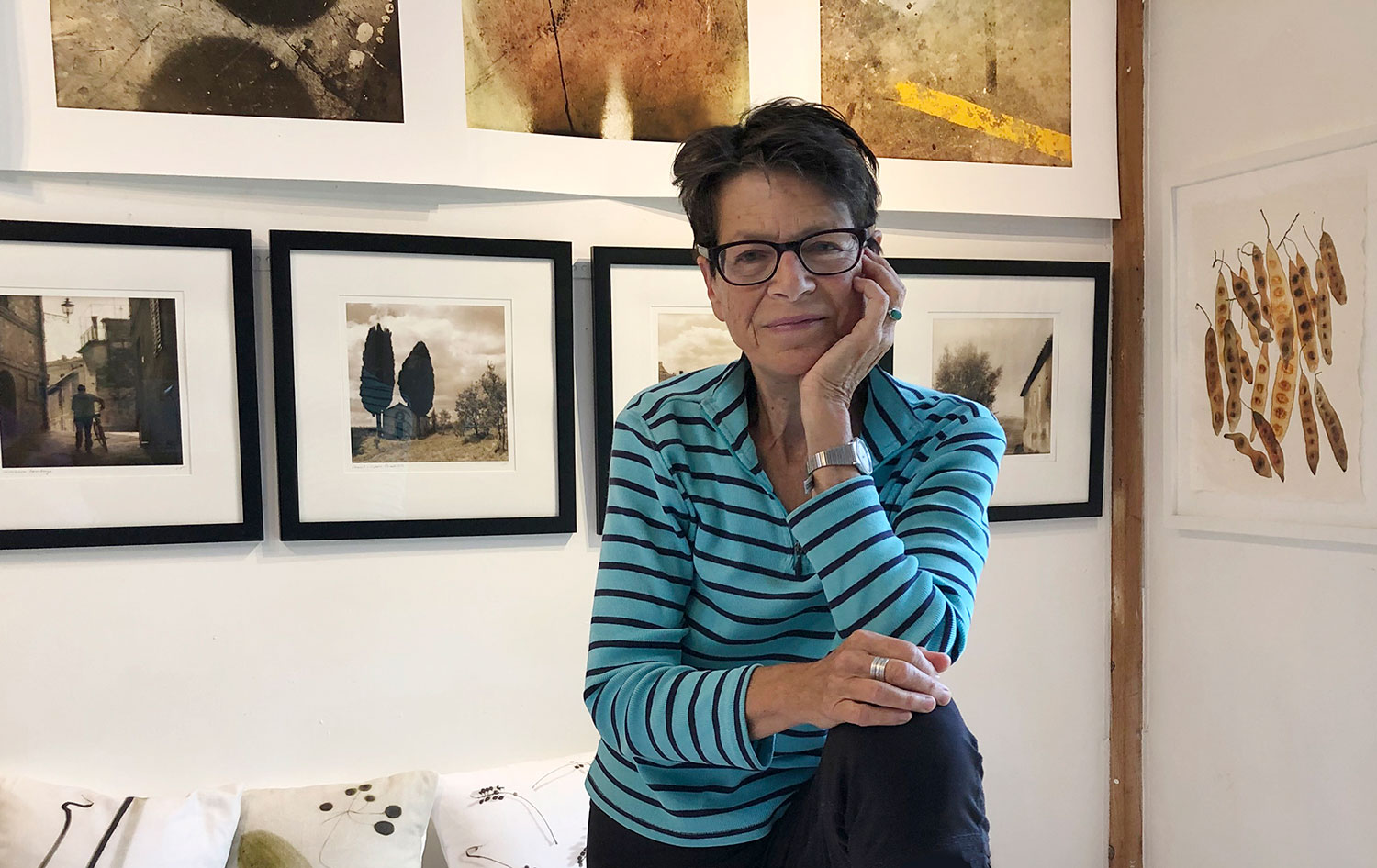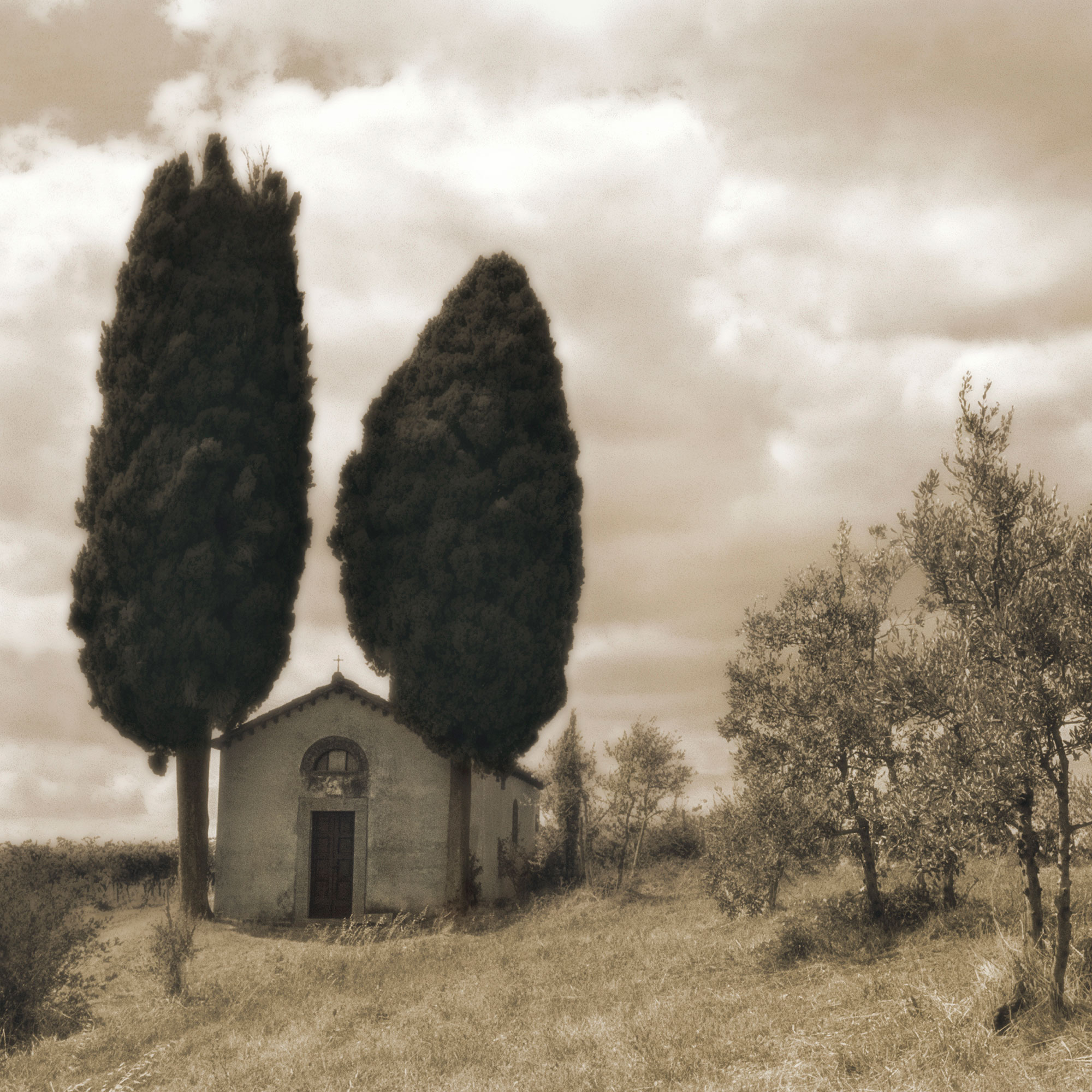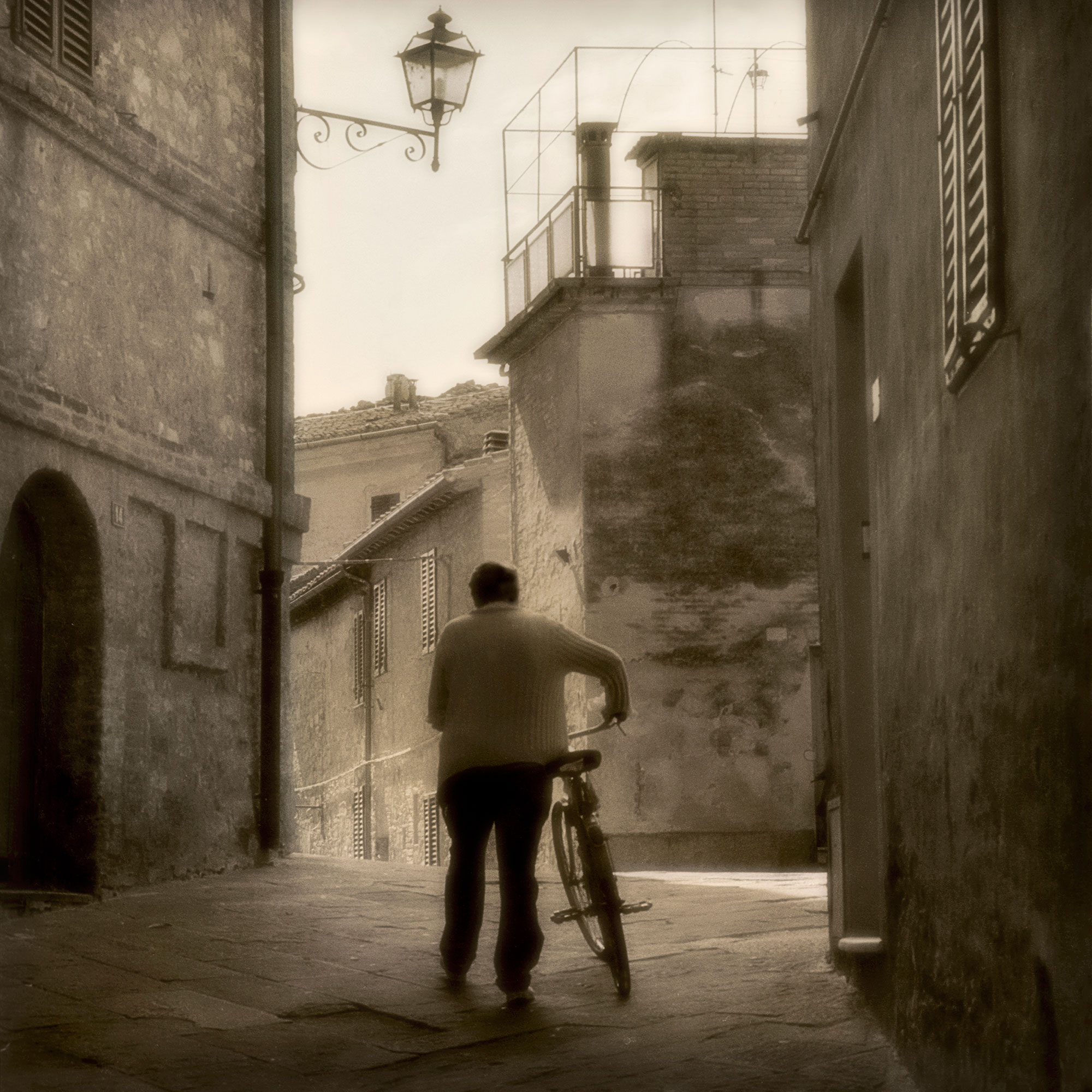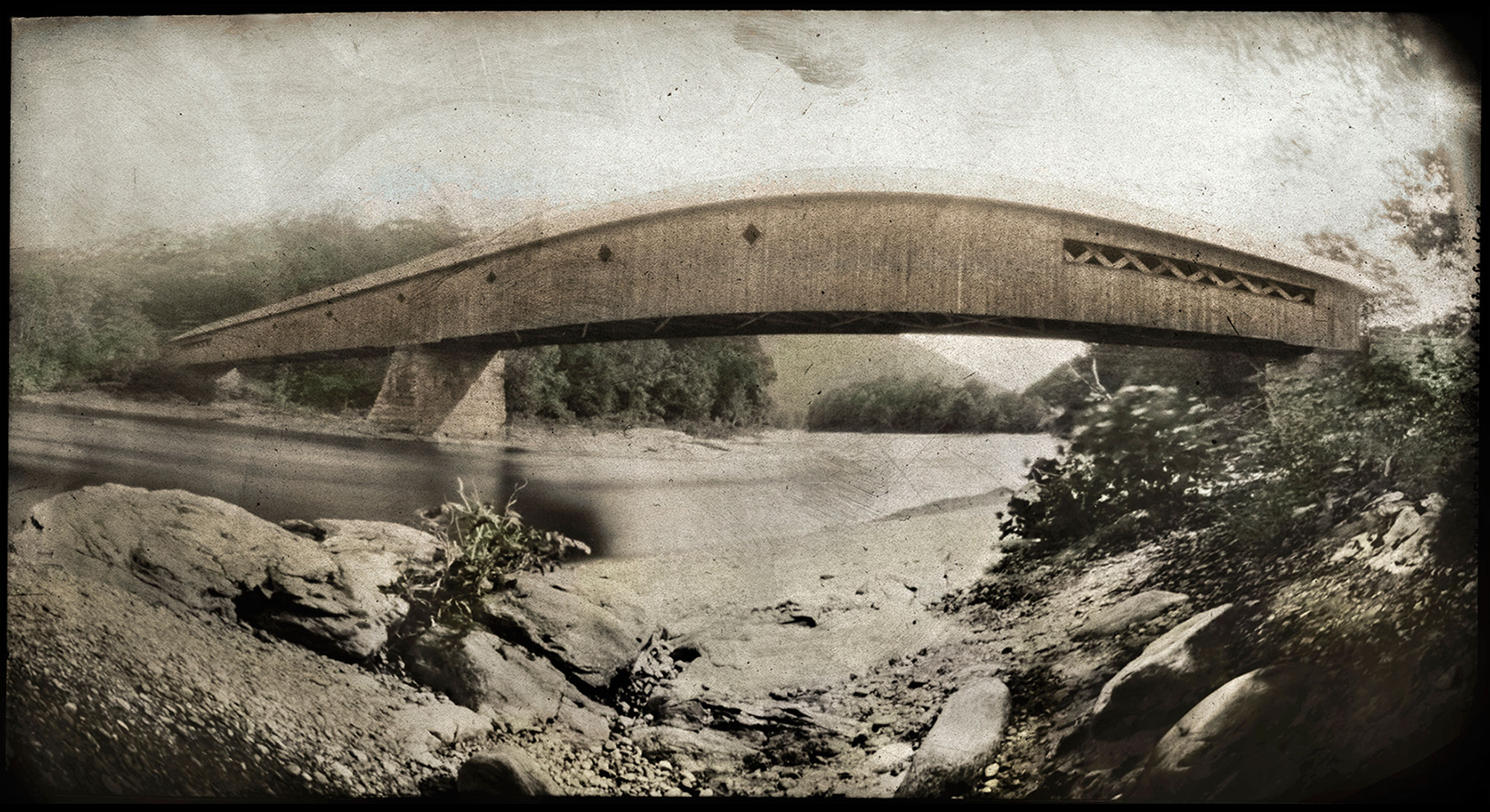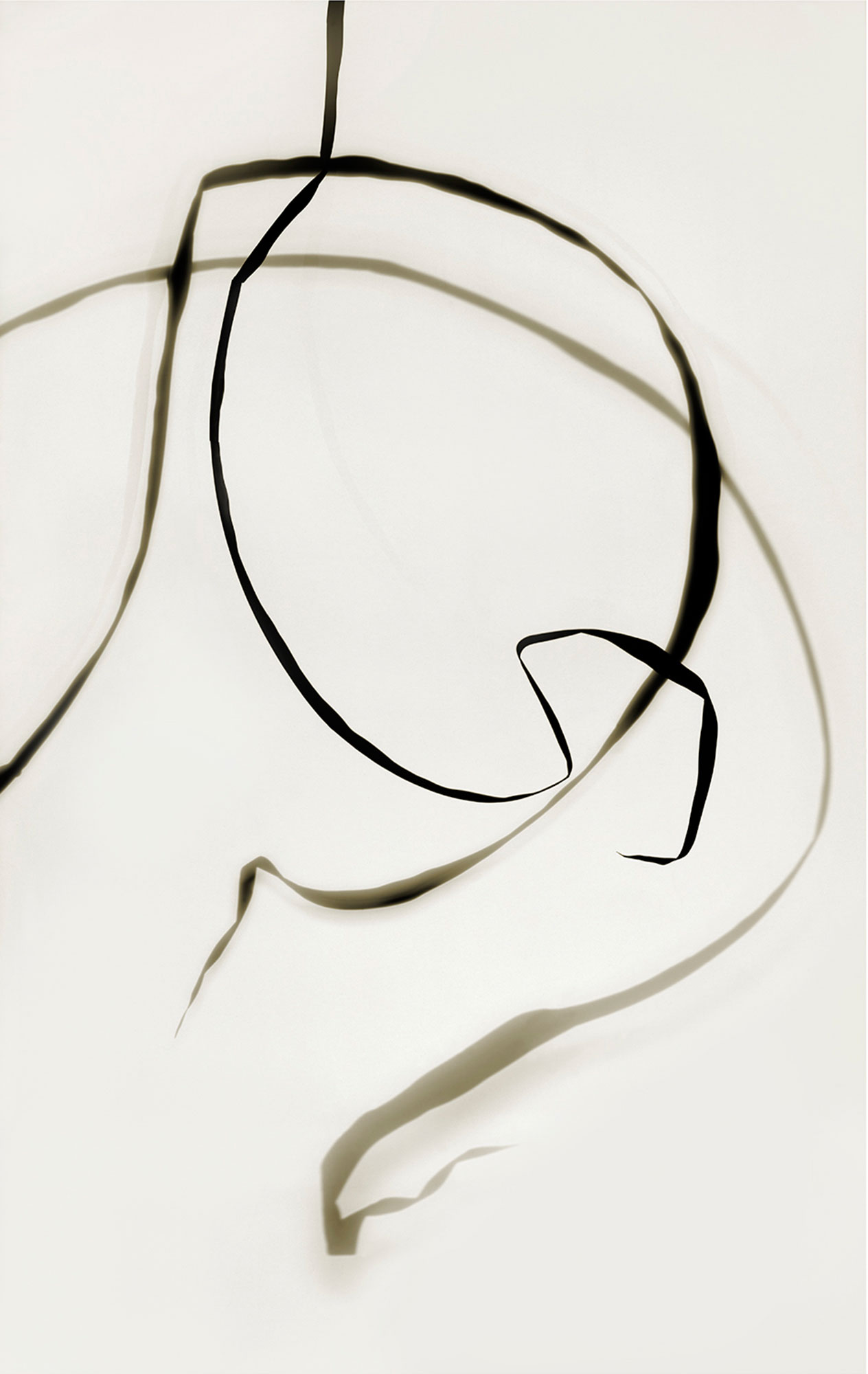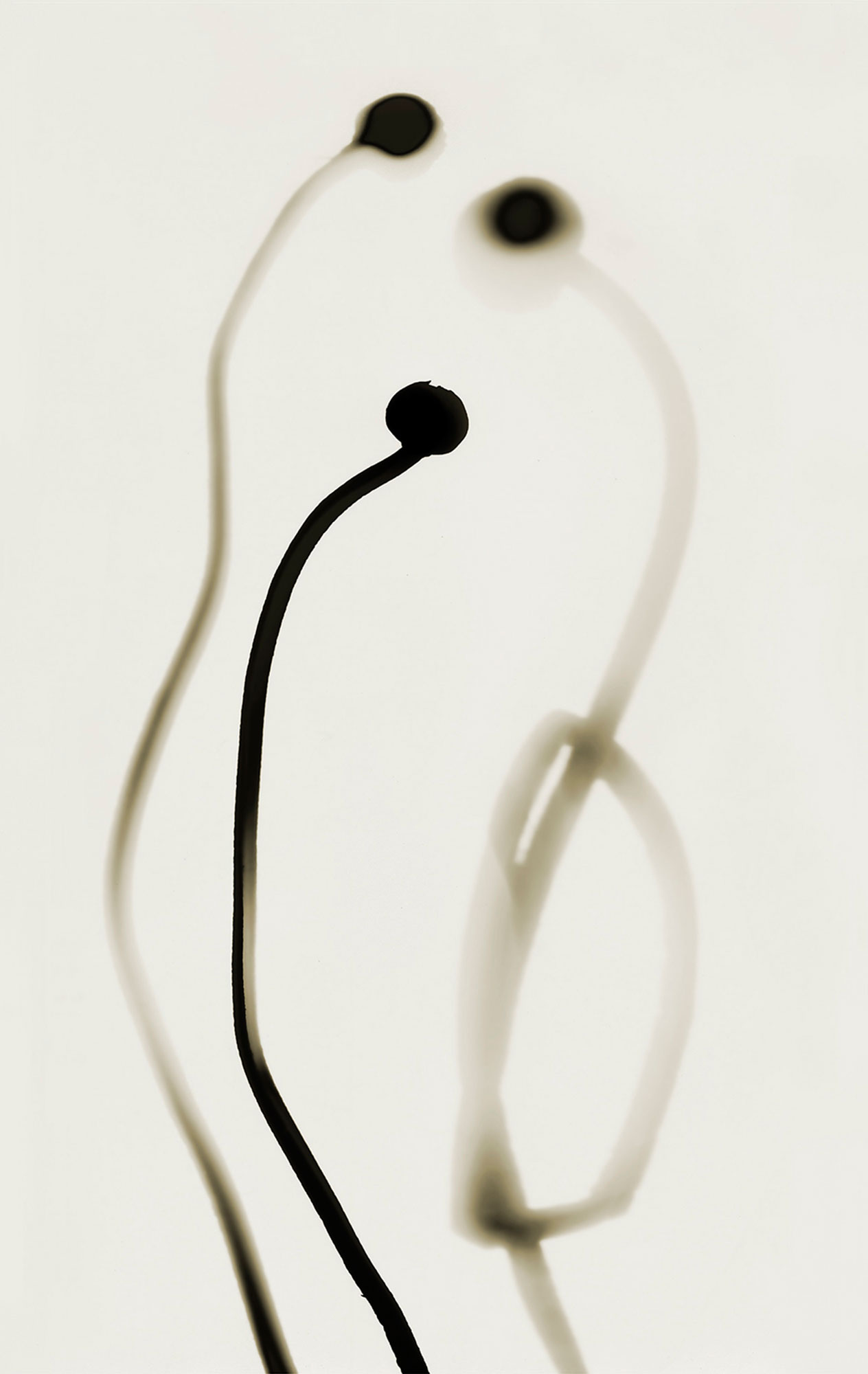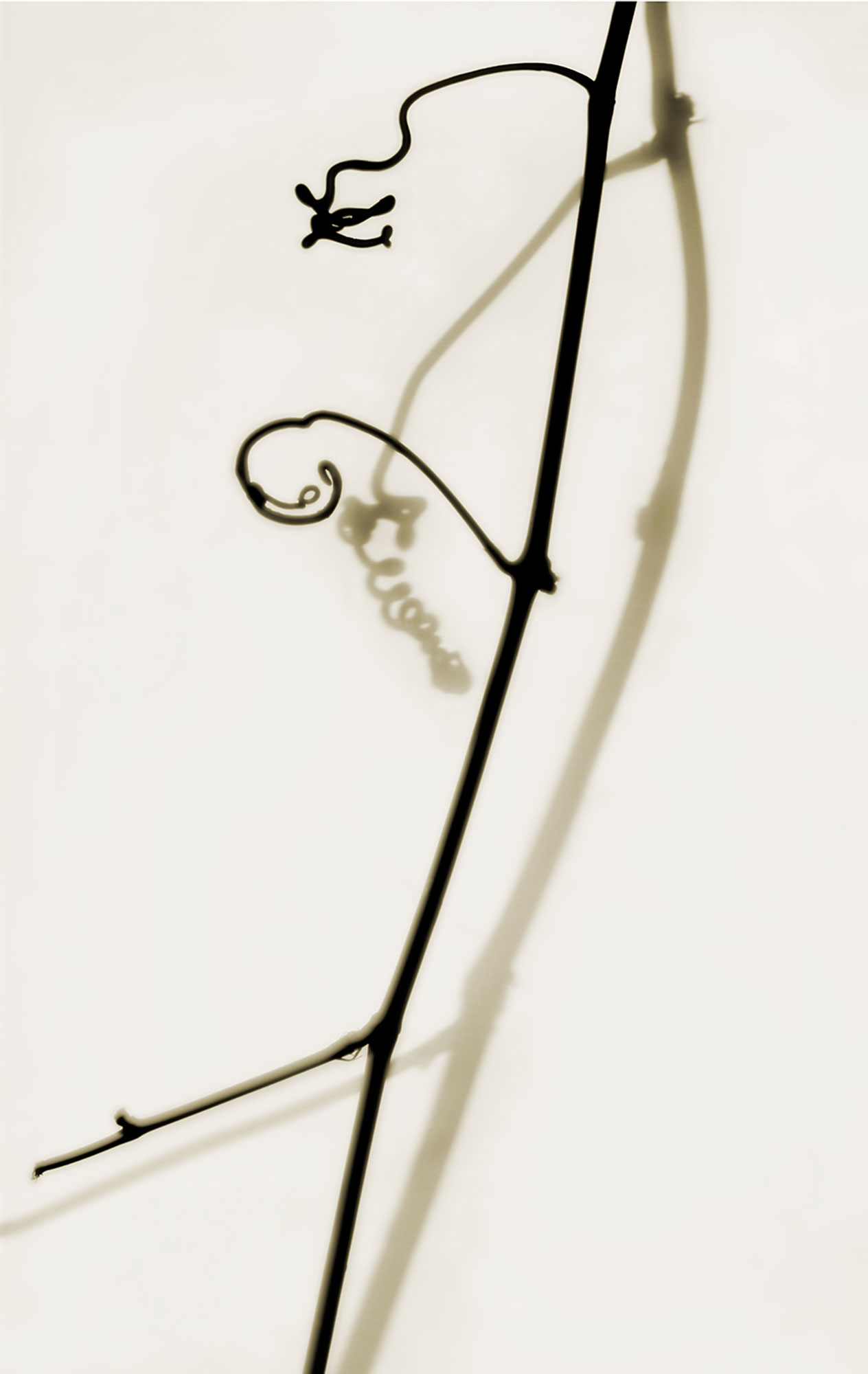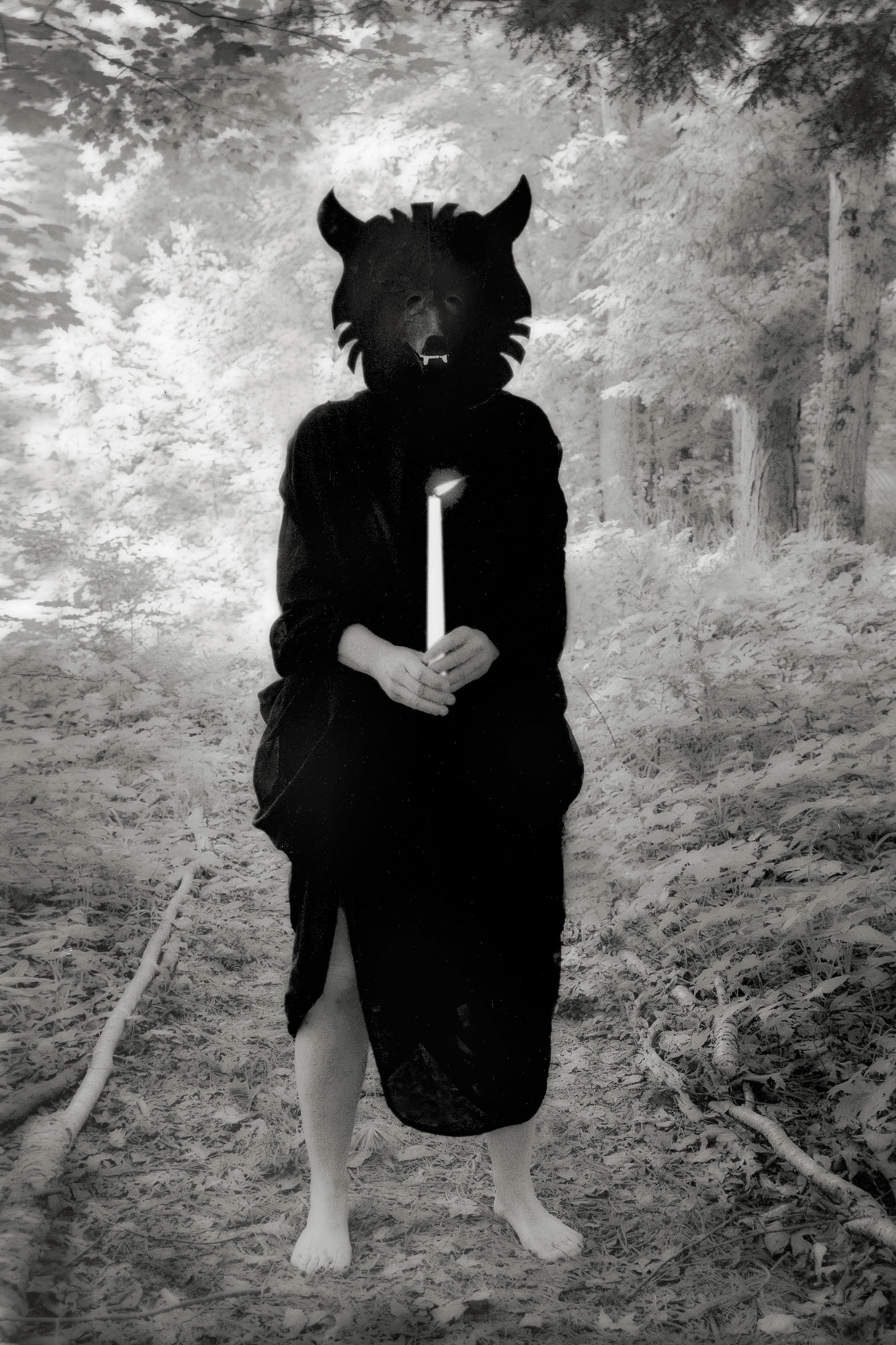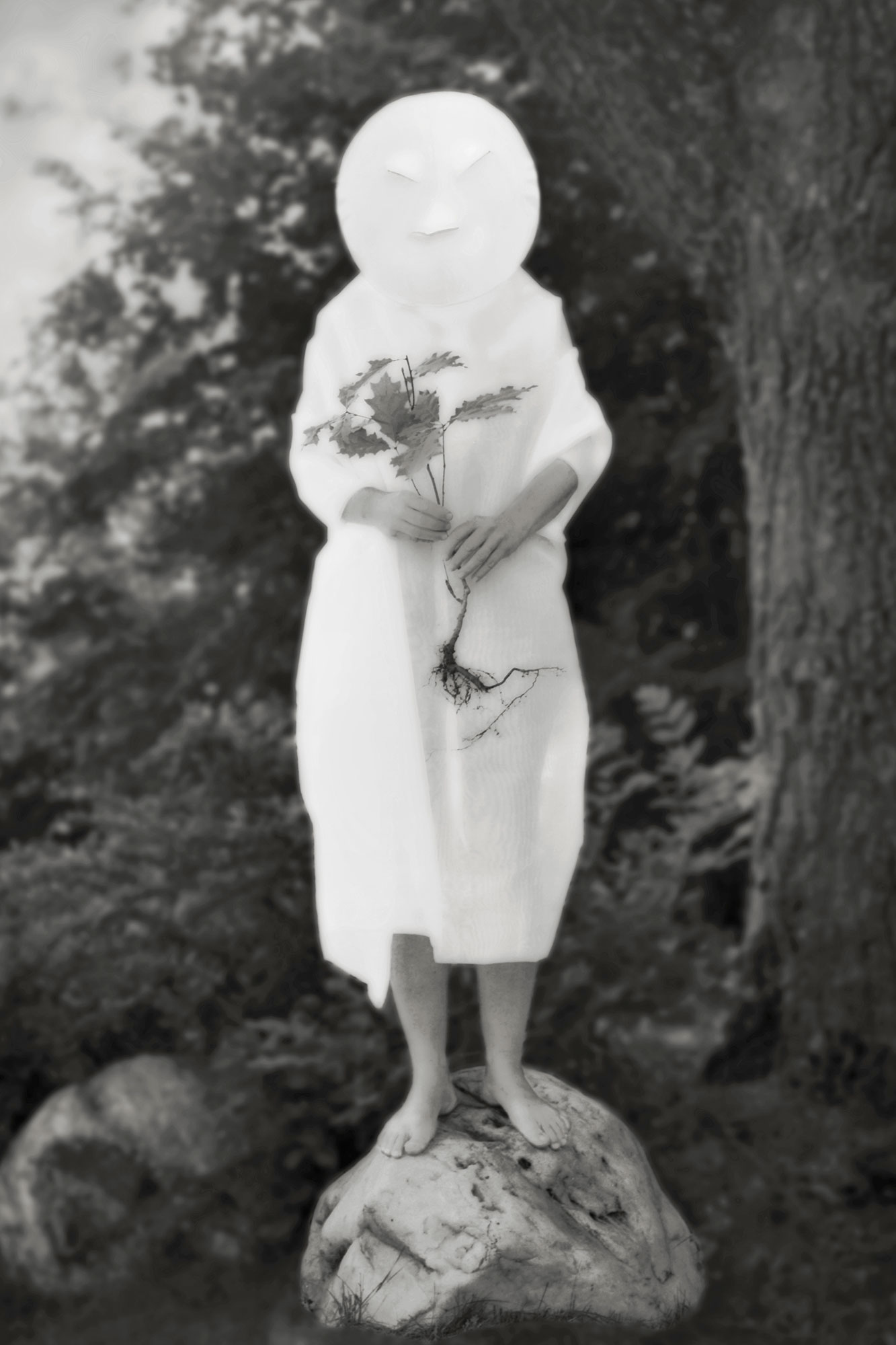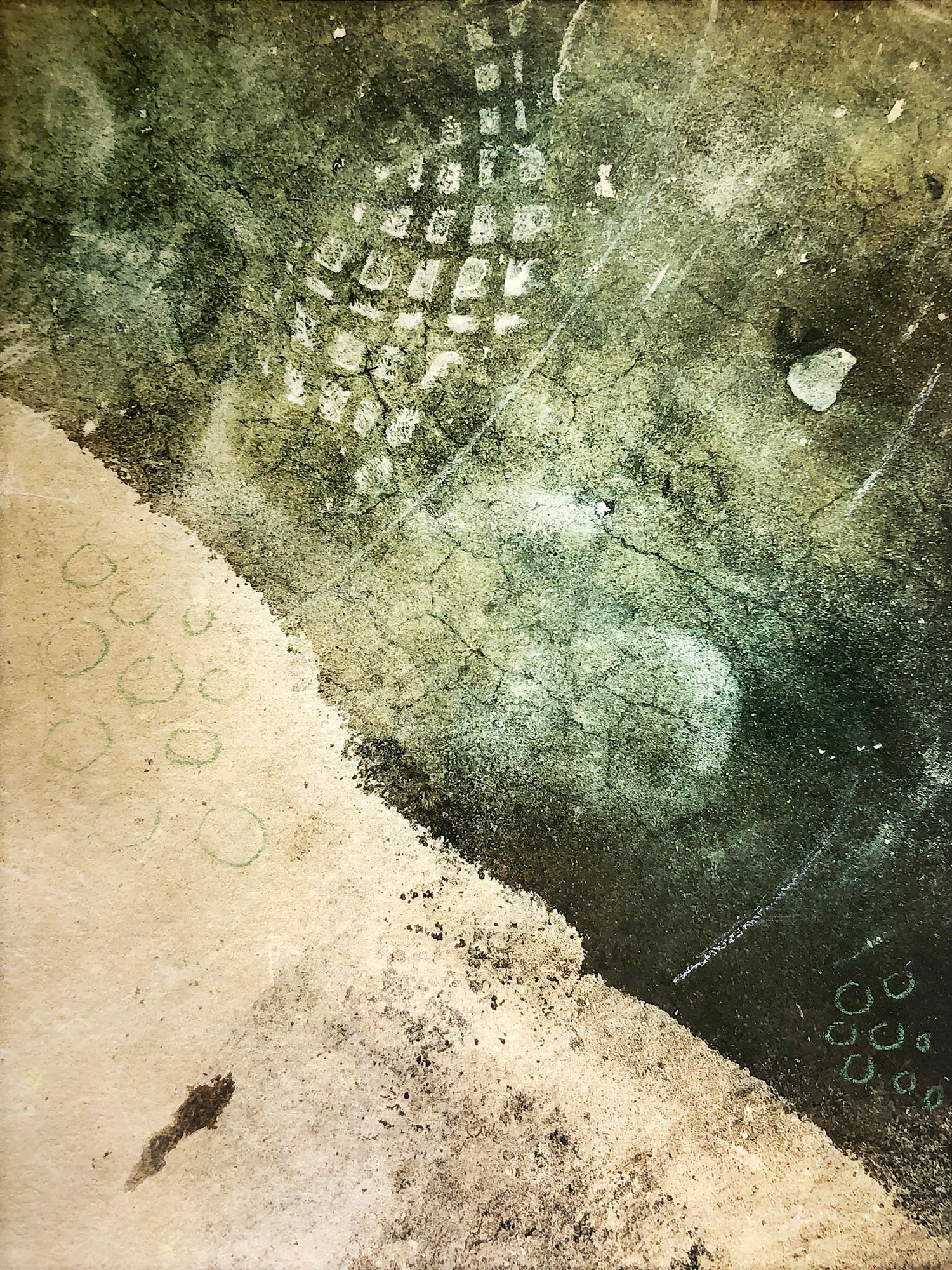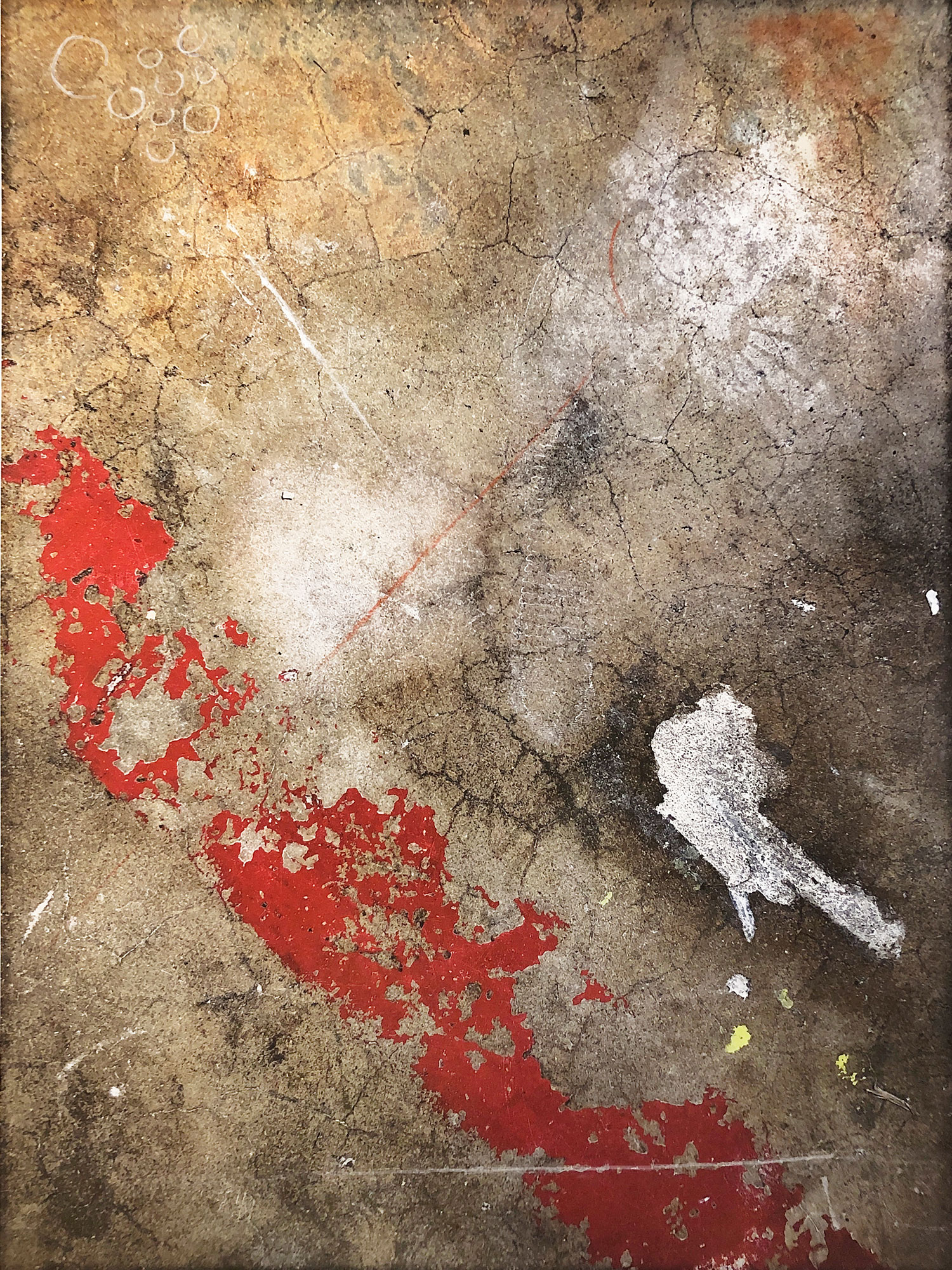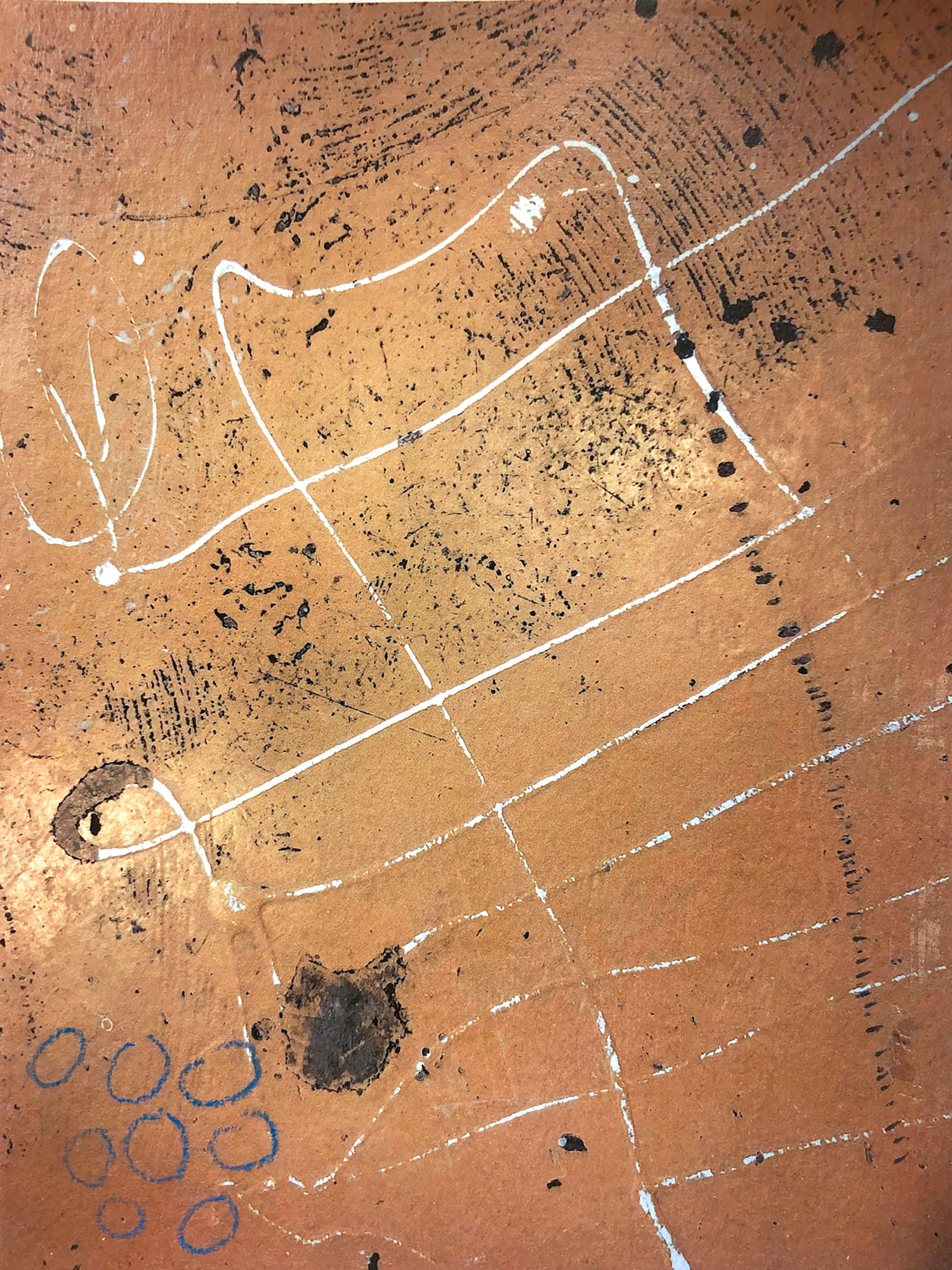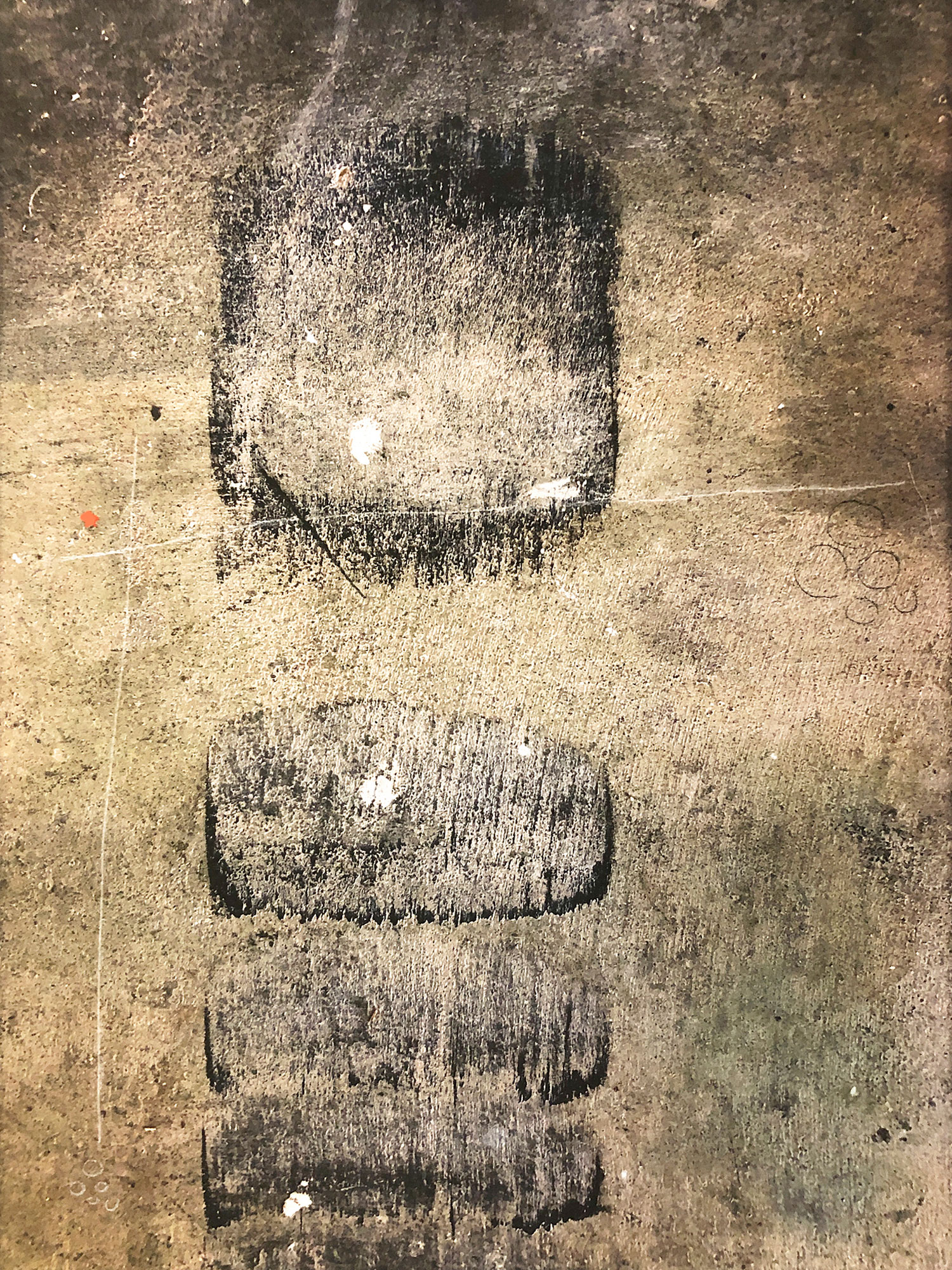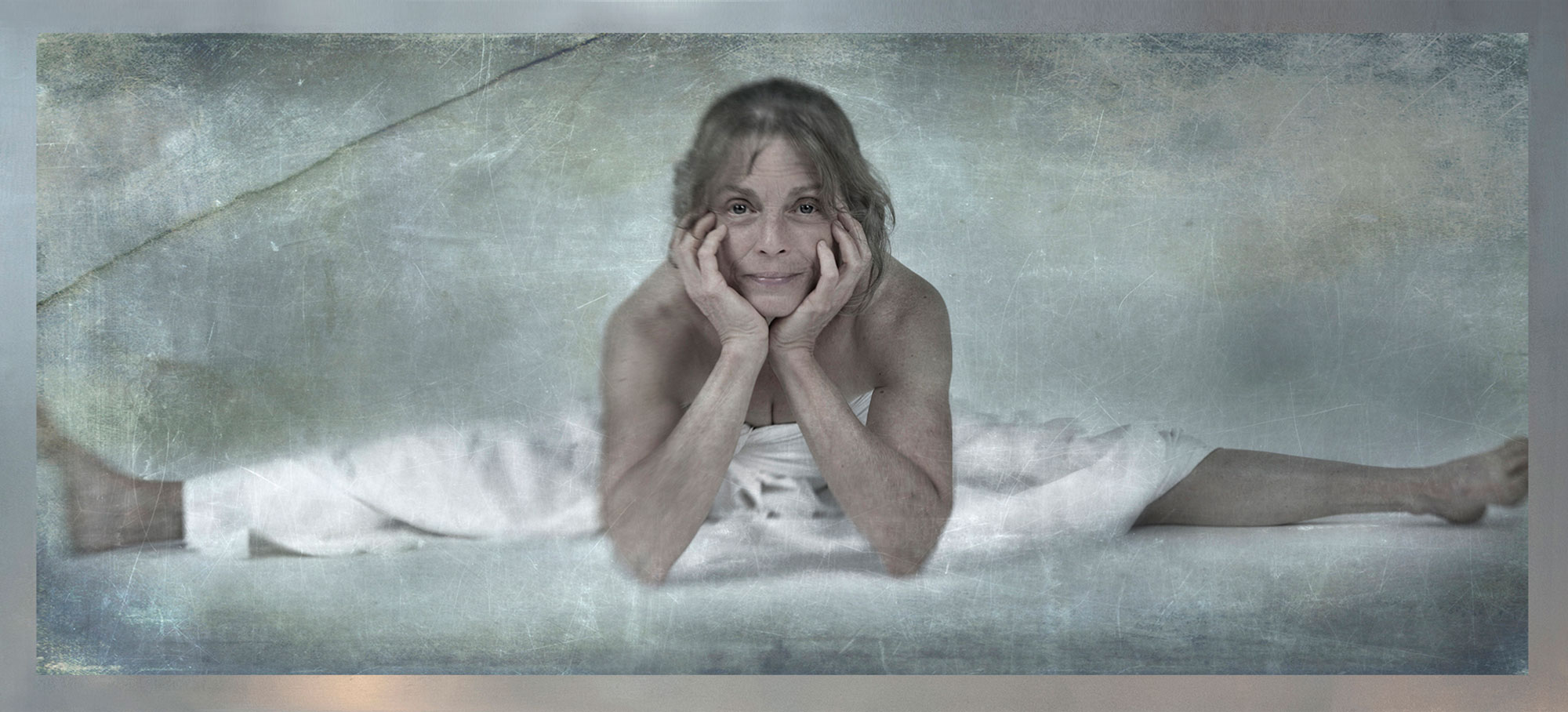Photographer Christine Triebert’s work has evolved from traditional landscape prints made in the darkroom to abstract and still life imagery, personal narrative, handmade processes combining analog and digital imaging, and mixed media collaboration. This retrospective presents 18 different bodies of Triebert’s work showing the range of the artist’s evolution over 31 years in Vermont.
CHRISTINE TRIEBERT: Retrospective 1990-2021
My photography spans over 3 decades, from traditional black and white darkroom work to digital imaging, mixed media, and alternative printing substrates. Each new body of work fosters custom techniques developed expressly for that series, from camera-less paper negatives exposed in the darkroom, to large scale portraits printed on aluminum, to still life photographs transferred to painted fabric. My goal in photo-artmaking is to create unique, personal and compelling imagery, where the qualities inherent in the process are intrinsic to the concept of the work.
~Christine Triebert
IN THE CHIANTI HILLS
East of Sienna and south of Florence, Italy lies the beautiful and fertile Chianti wine country. Traveling through the area in September, when the figs and olives were ripe for harvest, was the perfect time to experience the region’s riches. Staying for a week on a working vineyard, just a short walk to the the medieval village of Castelnuovo Berardengo, gave us an opportunity to sense the enduring quality of Tuscan life. I photographed every day, to capture as much as possible in our short visit.
LO-TECH AND NO-TECH
Pinhole cameras and toy cameras offer an antidote to the precision of digital photography. Exposing paper negatives in a handmade tin can camera, with no viewfinder or shutter, takes a lot of educated guessing and a willingness to fail. It’s an elemental method of photography known as camera obscura – making an image by the action of light entering a tiny hole in a dark box. When shooting pinholes away from home, I set up a makeshift darkroom to delevop the negatives on location. I use an eco-friendly developer formula of coffee and vitamin C and fix in plain salt water, which adds even more surprises to the image.
Christine Triebert
Life Saving Station, Race Point, Provincetown, 2018
from the series Lo-Tech and No-Tech
archival pigment print from pinhole paper negative
12h x 35 inches
$1100
Christine Triebert
Dummerston Covered Bridge, Vermont, 2018
from the series Lo-Tech and No-Tech
archival pigment print
10h x 18.5 inches
$600
Christine Triebert
Holland Pond, Vermont, 2010
from the series Lo-Tech and No-Tech
pigment print from handmade pinhole camera
10h x 18.5 inches
$600
Christine Triebert
Mountain Meadow Farm, Vermont, 2017
from the series Lo-Tech and No-Tech
pigment print from handmade pinhole camera
7.5h x 33 inches
$950
CAMERALESS
On my daily winter walk, I noticed a maze of vines tangled among the vegetation that grows along the road. I picked a few pieces and looked closely at their curly, expressive, almost calligraphic shapes. That lead to collecting other botanical objects with similar linear qualities. But what to do with them? I tried photographing them every which way, but nothing struck me as a path to pursue. Eventually I abandoned the camera altogether and experimented with simple, direct methods of photo image-making. I finally found my way when casting shadows of the objects across the darkroom with a modified desk lamp and capturing their shadows on a sheet of gelatin silver paper. Other exposure methods of natural objects to silver paper soon followed, with each producing unique properties created by the direct action of light. After exposing and developing the paper negatives in the darkroom, I brought them to the studio where they were scanned, enlarged and printed in archival pigment inks.
Christine Triebert
Shadowgraph #10, 2012
from the series Cameraless
archival pigment print
30h x 19 inches
$2400
Christine Triebert
Shadowgraph #16, 2011
from the series Cameraless
archival pigment print
42h x 27 inches
$4200
Christine Triebert
Shadowgraph #17, 2011
from the series Cameraless
archival pigment print
30h x 19 inches
$2400
MYTH AND MEANING
When a series of existential challenges came in waves in my early 50s, I found myself looking for firmer ground to stand upon in a time of upheaval. Digging around in the Christian lexicon of my upbringing, in narratives from mythology, archetypes and my own imagination, I set out to explore the trinity of questions posed by Paul Gaugin in his masterpiece: “Where do we come from? What are we? Where are we going?”
Casting friends in staged sets, I created a series of vignettes that speak to the struggles, questions, dichotomies, and paradoxes of living life as a human – in body, mind and soul. The images are reminiscent of the holy cards I collected as a Catholic school kid and the Stations of the Cross we followed in Lent. Creating these photographs was my own way of making meaning in a time of none.
Christine Triebert
We are Divine and Beast, 2003
from the series Myth and Meaning
archival pigment print, flush mounted on wood panel
18h x 12 inches
$600
Christine Triebert
We are Grounded Angels, 2003
from the series Myth and Meaning
archival pigment print, flush mounted on wood panel
18h x 12 inches
$600
CONCRETE EVIDENCE
While touring artists’ studios in the former warehouse district of St. Petersburg, Florida, I realized that I was often as attracted to what was under my feet as to what was on the walls. For in looking down, I noticed distinctive markings on the cement floor – scrapes and smudges, fragments of footprints, drips of paint and chemicals – evidence of human endeavors imbedded in the concrete over decades of time. Returning to one of the sites to photograph with my iphone, I walked the length of the building visually scouring the floor to isolate segments of unique patterns and markings.
Back in the studio, after editing, enlarging and printing the images, I began to add my own marks by hand. Working with charcoal and pastel, I embellished what was already present in the image as well as laying down new marks and colors. These added bits are further evidence of human endeavor, as each print is uniquely marked by my hand.
Christine Triebert
Concrete Evidence #02, 2019
from the series Concrete Evidence
archival pigment prints with pastel handmarks
28h x 21 inches
$950
Christine Triebert
Concrete Evidence #04, 2019
from the series Concrete Evidence
archival pigment prints with pastel handmarks
28h x 21 inches
$950
Christine Triebert
Concrete Evidence #05, 2019
from the series Concrete Evidence
archival pigment prints with pastel handmarks
28h x 21 inches
$950
Christine Triebert
Concrete Evidence #09, 2019
from the series Concrete Evidence
archival pigment prints with pastel handmarks
16h x 12 inches
$750
THROUGH A GLASS DIMLY
Three events converged that lead to the making of this portrait series. 1) I had been working in still life imagery for several years, primarily with dead and rusting objects, and was feeling a need to focus on live human subjects. 2) I had recently come across a teaching by renowned theologian, Henri Noewn, in which he described a vision of each human individual as a manifestation of the divine. And 3) I had been experimenting with an old 5×7 view camera, working under a dark cloth with only a dim image preview on the ground glass – reminding me of a quote from St. Paul, “Now we see as through a glass dimly,” referring to our inability to fully understand life in the earthly realm.
With these 3 influences in mind, I solicited friends and neighbors to participate in a portrait project. Each was asked to disrobe completely and present their elemental self to the camera. Each was given a white sheet to wrap themselves with in the style of their choosing – the sheet being like the pure cloth we’re wrapped in at birth and again at death. I used a variable focus lens to intentionally blur some areas of the image. Prints were made on treated aluminum, referencing the polished metal that ancients used before mirrors to see their own reflection. My goal in these portraits was to offer a unique view of ourselves and each other – not fully known, but fully alive as a manifestation of divine presence.
Christine Triebert
Petey, 2015
from the series Through a Glass Dimly
archival pigment print on aluminum panel
18h x 40 inches
$2100
View the latest press releases and and articles about Christine Triebert: Retrospective 1990-2021 in our press archive, below.
The Brattleboro Reformer


